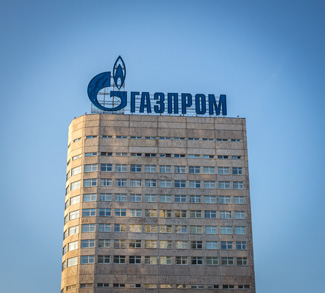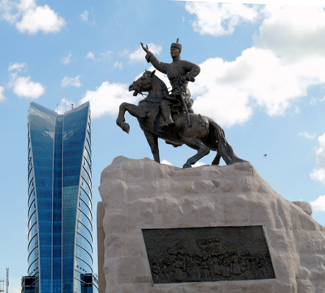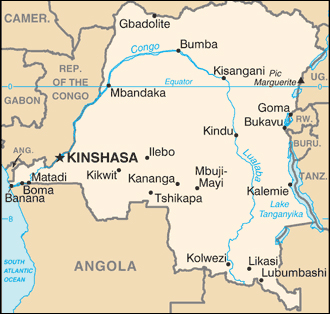Since its completion in 1914, the Panama Canal has played a pivotal role in shaping global trade and geopolitical strategy. As a vital conduit connecting the Atlantic and Pacific Oceans, it has been a symbol of engineering prowess and international collaboration, as well as a focal point of sovereignty disputes and power struggles. Recent remarks by US President-elect Donald Trump about potentially reclaiming the canal have rekindled these historical tensions, shining a light on modern concerns over trade, sovereignty, and the balance of power in an increasingly multipolar world.
Panama Canal in Historical Perspective
The idea of a canal through the Central American isthmus dates back to the 1500s, when European explorers, particularly the Spanish, dreamed of a faster route to connect their Pacific and Atlantic holdings. The prospect of a transoceanic passage tantalized empires and entrepreneurs for centuries, though daunting geographical and technological barriers stalled progress. Early attempts, such as those by the French under Ferdinand de Lesseps in the late 19th century, ended in failure due to engineering challenges, financial mismanagement, and high mortality rates among workers.
It wasn’t until the early 20th century that the dream became a reality, largely thanks to the vision and determination of US President Theodore Roosevelt. Recognizing the canal’s immense strategic and economic potential, Roosevelt’s administration orchestrated Panama’s independence from Colombia in 1903, leveraging diplomatic pressure and military presence to secure control of the canal zone. This set the stage for the United States to take over the stalled French project and implement the engineering breakthroughs needed to succeed, including the innovative use of locks and extensive disease control measures to combat malaria and yellow fever.
When the canal opened in 1914, it was hailed as one of the greatest engineering feats of its time. By cutting maritime transit times by weeks and eliminating the treacherous journey around Cape Horn, the canal revolutionized global trade. It also cemented the United States’ position as a dominant global power, enabling faster military deployments and expanding economic influence across the Pacific and beyond.
However, as the 20th century progressed, the political landscape shifted. By the 1950s and 1960s, Panamanians increasingly viewed US control of the canal as a relic of colonialism, fueling nationalist movements that demanded sovereignty. These sentiments culminated in the landmark Torrijos-Carter Treaties of 1977, signed by Jimmy Carter and Omar Torrijos. The agreements outlined a phased transfer of the canal to Panamanian control, culminating on December 31, 1999. This historic moment not only marked a victory for Panamanian self-determination but also redefined the nation’s identity and its relationship with the United States.
Geopolitical and Economic Significance
The Panama Canal is far more than a shortcut for ships. It is a vital artery in the global supply chain and a cornerstone of Panama’s economic stability. Connecting the Atlantic and Pacific Oceans, the canal facilitates the movement of goods across continents, reducing shipping times and costs for vessels traveling between major markets. Its strategic importance is magnified by its location in one of the world’s busiest trade corridors.




